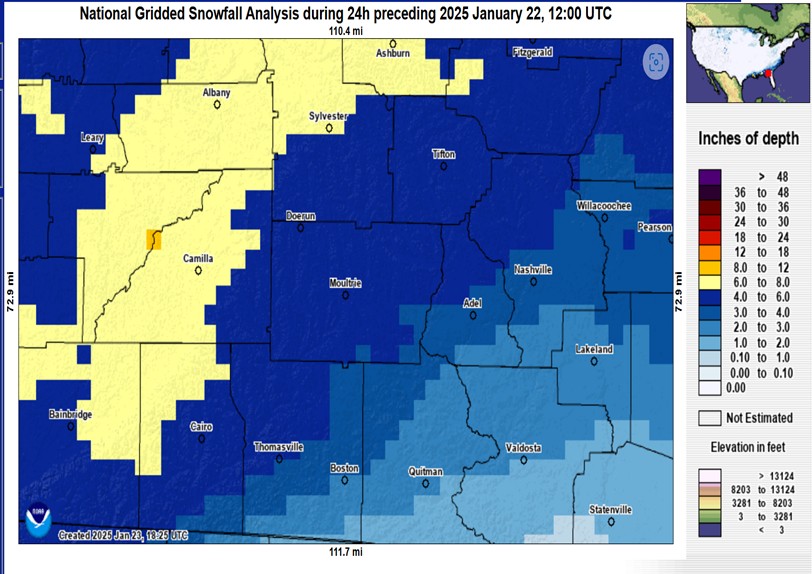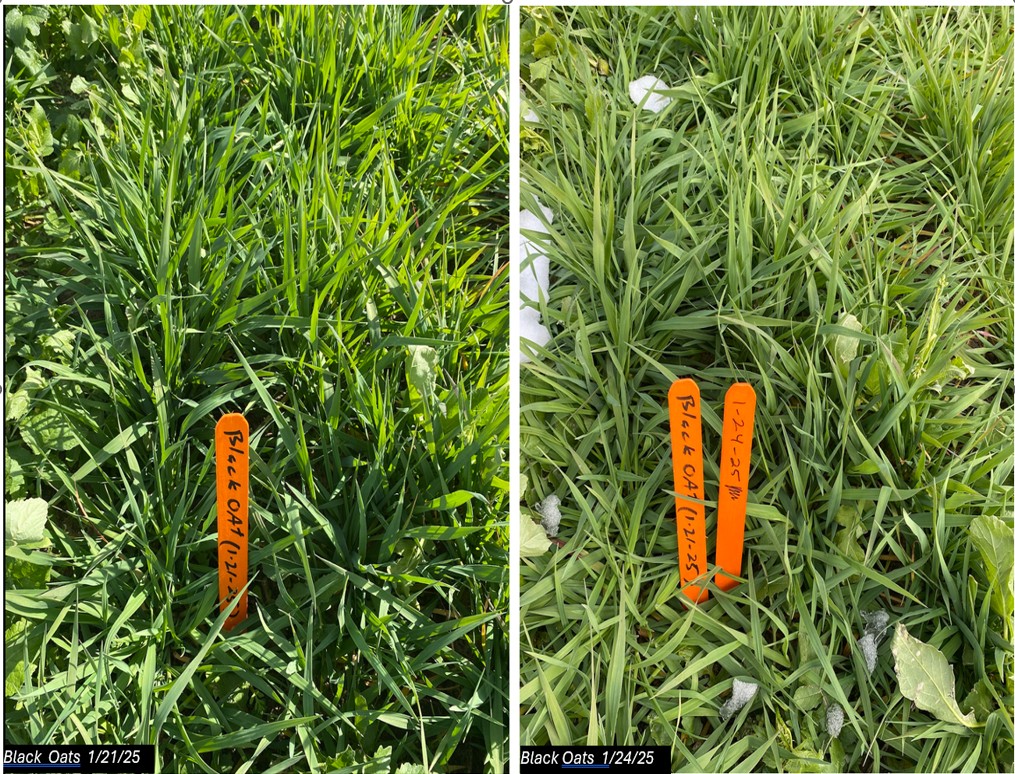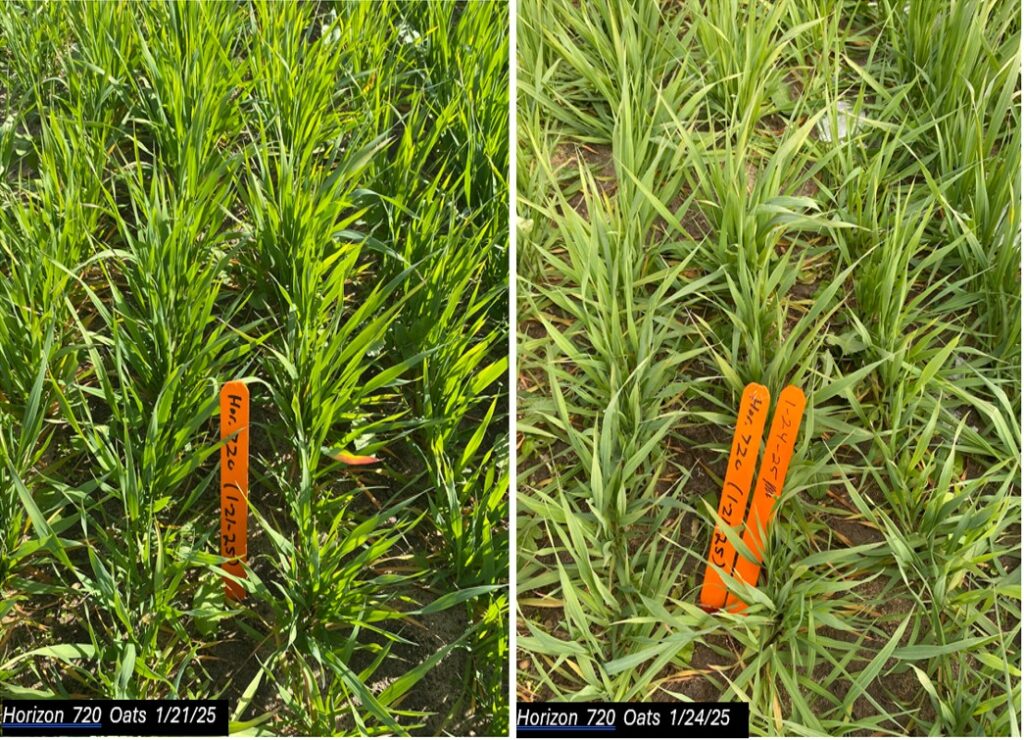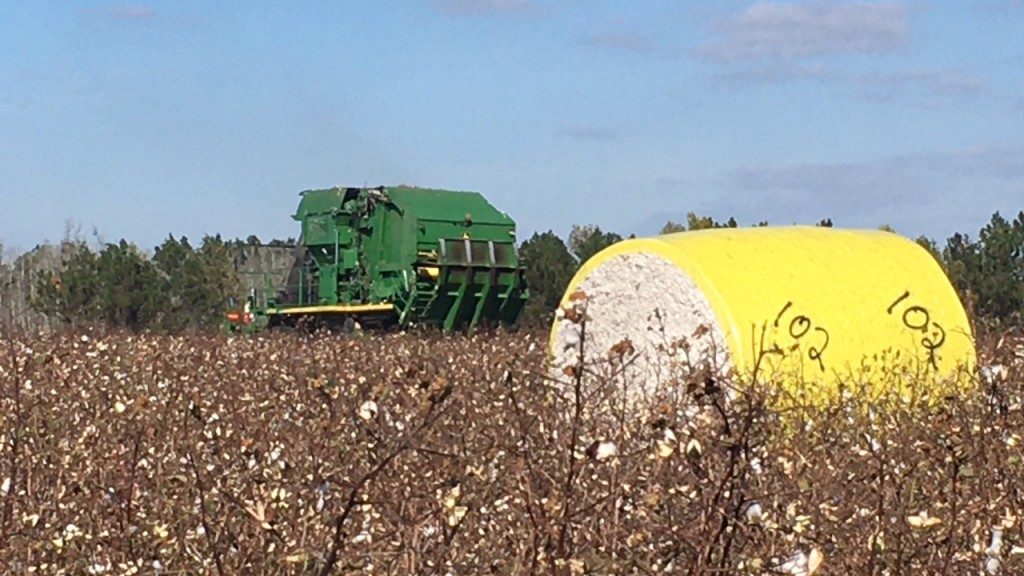In this issue: Production meetings! The snow this past week. Peanut variety yield data. Cold weather and your winter grazing. Pruning pecan trees after year five.
We have two production meetings in Colquitt County next week!!
The Colquitt County Peanut meeting is scheduled for Monday, Jan 27, 2025 at noon.
The Colquitt County Row Crop Weed Management meeting is planned for Thursday, January 30, 2025. This meeting will start at 6PM.
Both upcoming meetings will be held at the Colquitt County Extension office

If you are interested in attending the upcoming meeting, please call, email or txt me .

The 2025 Georgia Cotton Commission Annual Meeting/UGA Cotton Production Workshop is scheduled for Wednesday, January 29, at the UGA Tifton Campus Conference Center. For more information and to register, visit the following link: https://georgiacottoncommission.org/
Due to cold weather conditions this past week the Cattlemen’s Meeting has been moved to Tuesday January 28th at 7:00PM. The meeting will be held at the Colquitt County Ag Complex. Please call 229-616-7455 to RSVP
Current Situation: It’s cold! The snow this week was one for the record books. I heard some once-in-a-lifetime snowfall amounts around the county. I measured 4.5 inches at my house from Tuesday’s snow storm. Below are some pictures from around the county.

The illustration below is from the NWS and shows the gridded snowfall analysis for Jan 22, 2025. The second illustration shows snowfall observations in the Moultrie area.


Peanut variety information: Dr. Monfort summarized peanut variety data from all the UGA On farm peanut trials and his trials in 2024. The table below shows average yield data from 16 peanut varieties across numerous locations. For example, Georgia-06G had an average yield of 5725 lb per acre over 18 locations. This variety had a range of 5296 to 6155 lb. per acre across those 18 locations. TifNV-HG had an average yield of 6099 lb. per acre over 14 locations. This variety had a range of 5612 to 6585 lb. per acre across those 14 locations.

What about my winter grazing? This has been a common question this week. Often when diagnosing the extent of cold injury we must take a wait and see approach. According to Dr. Lisa Baxter, UGA Forage Specialist, many cool season forages can handle subfreezing temps for short periods and the degree of damage depends on air temperature, soil temperature, topography, winter precipitation, stand health, stand age, and stage of development. Potential for recovery will depend on how much growth and what stage of development the small grain was at before the cold snap. More advanced growth stages will be less susceptible to winter kill compared to tender young growth. When forages experience subfreezing temperatures, the plant cells can break or rupture which contributes to the darker color leaves you may be finding. Grasses can be more tolerant to this than legumes and this would be why many winter annual weeds (usually broadleaf) seem to be more affected than the grasses growing around them. Cell death can occur when ice forms within the plant cells. This is why we see so many pictures online of brown grass following cold snaps. The impact of freezing weather on forage quality is mixed and highly variable. The damaged forage may have a lower quality than what you were anticipating. Watch your cows closely for loss of condition and supplement their diet as needed to accommodate this difference.
Last week, we were looking at forage plots at Packer Park. Several winter annuals such as ryegrass, black oat, oat, rye and triticale are included in this plot. We assisted Heath Cross, Colquitt County Young Farmer Adviser, plant this plot on Halloween 2024, and most of the treatments this week ranged from 2-3 tillers in stage of development. It will be interesting to see how the winter forages appear next week.
Cold tolerance will even depend on species and variety in many cases. Oats are generally less winter hardy than other small grains and can suffer substantial yield loss when temperatures dip below 20°F. Ryegrass is likely intermediate to oats and other small grains in terms of winter hardiness, but there is a wide range within varieties. Below are pictures from the black and Horizon oat plots. The left side of each set was taken on January 21, 2025 and the right side was taken on January 24, 2025.


What do we do now? I communicated with Dr. Lisa Baxter, UGA Forage Specialist, about the snow and its impact on winter forages this week. She mentioned that when that warms up, growth of the forages will be slow. The optimum temperatures for winter annual forages are typically between 60-80°F. The forages will grow much more slowly outside of the temperature range, so you may not be seeing regrowth yet if the temperatures have remained below this range. Be careful grazing vulnerable plant material. Graze carefully and give the plants time to rest.
PRUNING TREES AFTER YEAR FIVE
By Andrew Sawyer, Area Pecan Agent
It is important that we prune trees the first four years. We sometimes get busy and miss a year, however. Pecan trees put on significant branching the 4th year. Without a strong central leader, we can see closer branch angles which result in a more straight up growth and reduce interior sunlight. It is much more difficult to prune trees after this point. The photos on the right demonstrate as well as it could be written. The focus remains the same if you are pruning trees in their 3rd and 4th year:
Determine a central leader Remove branches below your head Remove tight angle branches on the main trunk
One way I think about it is that the structure of pruning has to do with sunlight. Simply put, flat branches receive more sunlight. Once trees reach the third year, we no longer top them. This allows the hormone auxin, traveling the top bud down, to structure those lateral branches on the tree. Laurens County grower Dennis Holley prunes a vigorous, 6-year-old ‘Caddo’ two years ago (Figures 2 & 3).

If you have questions please contact your local county Extension agent.
Jeremy M. Kichler
Colquitt County Extension Coordinator
